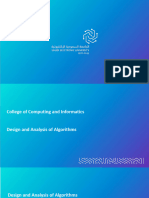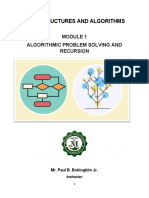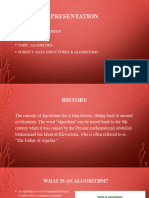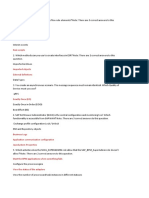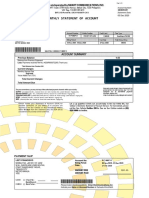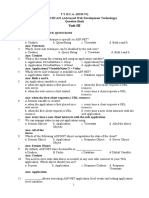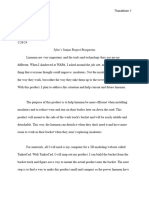0% found this document useful (0 votes)
29 views12 pages01 Introduction To Algorithms and DS
A presentation about what algorithms and DS
Uploaded by
animestreet24Copyright
© © All Rights Reserved
We take content rights seriously. If you suspect this is your content, claim it here.
Available Formats
Download as PPTX, PDF, TXT or read online on Scribd
0% found this document useful (0 votes)
29 views12 pages01 Introduction To Algorithms and DS
A presentation about what algorithms and DS
Uploaded by
animestreet24Copyright
© © All Rights Reserved
We take content rights seriously. If you suspect this is your content, claim it here.
Available Formats
Download as PPTX, PDF, TXT or read online on Scribd
/ 12












